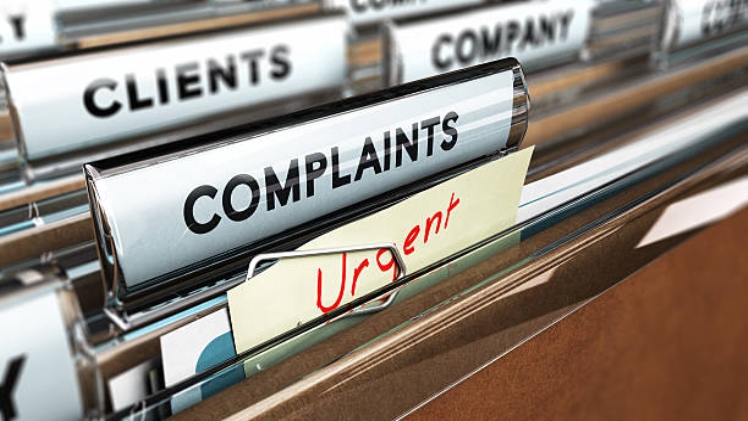Image source: iStockphoto
No product or service is perfect. Every type of business has shortcomings that are part of the process of improving its offers. And because of that, buyers can express their disappointment and frustration by filing complaints and seeking compensation.
Consumers are free to react and share their feedback regarding anything they feel or find is wrong with a product or service. It’s to protect themselves from products and services that may cost them something, usually money. It’s also about upholding their right to have good quality products and services.
All kinds of sellers, manufacturers, providers have a responsibility to respond and address every issue against their products and services, and they need to understand what makes consumers react negatively to do so. With that said, learn about the common consumer issues that businesses encounter in this blog.
Faulty products
Faulty products can be a result of either manufacturing defects or design defects. A manufacturing defect occurs when the product is incorrectly manufactured, while a design defect results from poor design or testing failure. If proven, both can be presented to seek the right form of compensation to address the issue.
If a business sells you a faulty product, you may return it to wherever you purchased it and ask to be repaired. If it only has a minor defect, the seller can replace it with the same product on stock. A refund is also possible, depending on the gravity of the defect and current circumstance, i.e., no replacement is available immediately.
Repair damage after normal use
Damages in products or services may happen after it’s been subjected to repairs. If this happens, consumers have the right to dispute it, especially if they paid for the repair cost. In addition, repairs of similar nature can be frustrating, which also gets the ire of most customers.
As much as possible, repairs should be a one-and-done deal. That’s why businesses should consider the consumer and work it out to prevent repair damage after using their product or service for its intended use. Proper communication about what’s needed to do the repairs, who will shoulder costs, and the total cost once it’s done is key to addressing this issue.
Delivery issues
Carriers and sellers have to comply with the regulations regarding fulfillment of customer demand, including on-time and safe delivery. The items bought should be delivered according to schedule and must be in good condition when the buyer receives them. When carriers and sellers don’t accomplish both duties, buyers can complain about it.
Consumers must be compensated for damaged and lost items, as well as unreasonable delays in delivery. The person responsible may be the one obliged to pay if it’s found that they’re at fault.
Overcharging
While there’s nothing wrong with raising the prices of products and services, unreasonable price hikes or added charges are unethical. Overcharging is usually committed to manipulating consumers into paying extra for things they didn’t ask or didn’t know were included in a product or service. Whatever amount the seller and buyer agreed to or is indicated in labels and tags must be the only thing paid for and nothing more.
Consumers can dispute or renegotiate prices whenever they feel or identify an overcharge. In addition, quotes and estimates are legal pricing tools which means any seller can be held accountable for not abiding by both of them.
Misleading or false advertising
Under no circumstances should a business can mislead consumers through whatever promotional medium. Information is a key factor in shaping consumer perception, which influences their purchase decisions. Therefore, no business should resort to false advertising to sell more products or services because it’s fraudulent and unlawful.
Any advertisement that leaves out important details or facts and presents false information about a product or service is false advertising. Any business proven to commit this act, whether by intention or not, can be held liable by law because it can cause severe harm to consumers, both economic and physical.
Final word
Understanding different issues consumers encounter goes a long way in improving customer service. Every business should prioritize addressing complaints in the best way they can to avoid committing them again.
Author’s Bio:
Deinah Storm used to work in the corporate world as a marketing affiliate. She quit her job to pursue her passion for writing, but to this day, Deinah is committed to educating consumers about the different marketing scams and how to avoid them.


